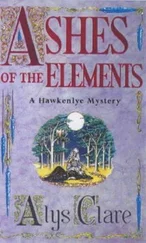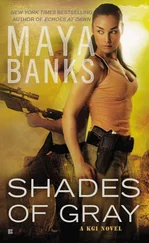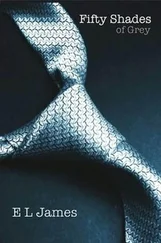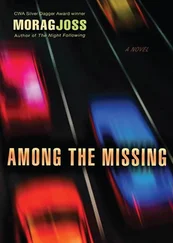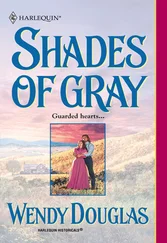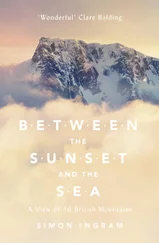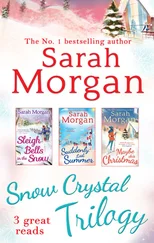There is so much history surrounding this era. How did you choose what to include and what to leave out?
Yes, there are so many dimensions to this part of history. But once I decided that I would focus on the group of people who were deported to the Arctic, I zeroed in on that story of survival and tried to concentrate on the Siberian experience.
Why do you think the history of the Soviet occupation of the Baltic States and the terrible genocide that occurred is not as well known as that of Hitler and the Jewish Holocaust?
After the war, if people spoke of the brutality they experienced it would have been considered anti-Soviet behavior and they would have been punished. So the story of Stalin’s terror went dormant. But it’s important to note that Lithuania was also occupied by the Germans during the war. Many people don’t know that during that time of German occupation, over 200,000 Lithuanian Jews were killed. That was an enormous percentage of the Lithuanian Jewish population. Lithuania suffered terribly under both Hitler and Stalin.
Your research for this project is amazing. What effect has your research had on your life?
Meeting and interviewing survivors was an incredible experience. But it was also difficult. It was very painful for some of the survivors to discuss traumas that had been dormant for so long. My heart absolutely ached as they wept telling me their stories. Because the Baltics were Soviet occupied until 1990—for over fifty years—people were not able to talk about what happened. Speaking of deportation or the gulags meant immediate arrest and imprisonment. Survivors learned to keep painful secrets and lived in fear for decades. In terms of the effect on me, I learned that those who show kindness in an atmosphere of cruelty are truly courageous. I also learned that I have so much to be thankful for every day.
What has been the reaction to the story from survivors?
The book is published in Lithuania by Alma Littera. I recently returned to Lithuania and met with the survivors who assisted with my research. Many of the characters’ experiences in the novel are things that survivors shared with me. They have read the book and are so gracious and supportive. I tell people that I wrote the book, but it’s not my story. The story belongs to the people of the Baltics and those who endured Stalin’s terror. I hope the novel creates interest in this part of history, so the real stories of the survivors can be unearthed and studied.
You mention in your Author’s Note that many paintings, drawings, and sketches similar to Lina’s drawings were made by deportees during this time. Now that Lithuania, Latvia, and Estonia have regained their independence, are there any museums where these precious works of art are kept?
Yes, there are three wonderful museums in the Baltics that have pictorial histories, items that belonged to victims, and fascinating drawings created by deportees, similar to the ones I describe in the book:
1. The Museum of Genocide Victims in Vilnius, Lithuania.
2. The Museum of the Occupation of Latvia in Riga, Latvia.
3. The Museum of Occupations in Tallinn, Estonia.
What are your hopes for this book and its message?
I would love for the book to find its way to teachers and librarians so we can begin to examine this part of history, and the crimes of Stalin, more closely. In terms of a message, I see this as a love story. As I was writing the book I often asked myself, “Who survives this kind of thing? How in the world did anyone survive?” But all of the survivors had one thing in common, and that was love. They survived through love. Whether it was love of country, love for one another, or love of God, they chose to focus on that love, and it kept many people alive. Lithuania, Latvia, and Estonia may be small countries, but they’ve taught the world large lessons about love and freedom through peaceful endurance and silence instead of violence.
What was the inspiration for the original title of the book?
We often categorize things in extremes, but things aren’t always black or white. Sometimes the truth lies somewhere in the middle, between shades of gray. I met some survivors who told me that a Soviet guard had helped them in some way or showed them a small kindness that saved their life. Such a person was a hero to me, and I wanted to include that heroic element in the novel. So I created the character of Kretzsky, a young man who can’t see things in black and white as the Soviet system demands of him. He has reverence for human life and is deeply conflicted. Through Kretzsky, the deportees see a bit of human kindness peeking out between the many shades of gray.
Excerpt from SALT TO THE SEA
Turn the page for a look at Ruta Sepetys’sbrutal yet beautiful novel about World War II’s most devastating maritime tragedy.
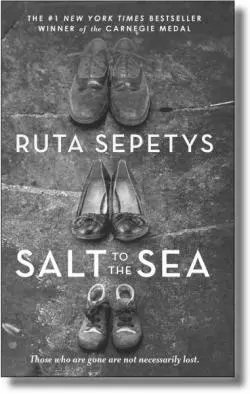
Text copyright © 2016 by Ruta Sepetys
Guilt is a hunter.
My conscience mocked me, picking fights like a petulant child.
It’s all your fault, the voice whispered.
I quickened my pace and caught up with our small group. The Germans would march us off the field road if they found us. Roads were reserved for the military. Evacuation orders hadn’t been issued and anyone fleeing East Prussia was branded a deserter. But what did that matter? I became a deserter four years ago, when I fled from Lithuania.
Lithuania.
I had left in 1941. What was happening at home? Were the dreadful things whispered in the streets true?
We approached a mound on the side of the road. The small boy in front of me whimpered and pointed. He had joined us two days prior, just wandered out of the forest alone and quietly began following us.
“Hello, little one. How old are you?” I had asked.
“Six,” he replied.
“Who are you traveling with?”
He paused and dropped his head. “My Omi.”
I turned toward the woods to see if his grandmother had emerged. “Where is your Omi now?” I asked.
The wandering boy looked up at me, his pale eyes wide. “She didn’t wake up.”
So the little boy traveled with us, often drifting just slightly ahead or behind. And now he stood, pointing to a flap of dark wool beneath a meringue of snow.
I waved the group onward and when everyone advanced I ran to the snow-covered heap. The wind lifted a layer of icy flakes revealing the dead blue face of a woman, probably in her twenties. Her mouth and eyes were hinged open, fixed in fear. I dug through her iced pockets, but they had already been picked. In the lining of her jacket I found her identification papers. I stuffed them in my coat to pass on to the Red Cross and dragged her body off the road and into the field. She was dead, frozen solid, but the thought of tanks rolling over her was more than I could bear.
I ran back to the road and our group. The wandering boy stood in the center of the path, snow falling all around him.
“She didn’t wake up either?” he asked quietly.
I shook my head and took his mittened hand in mine.
And then we both heard it in the distance.
Bang.
Fate is a hunter.
Engines buzzed in a swarm above. Der Schwarze Tod , “the Black Death,” they called them. I hid beneath the trees. The planes weren’t visible, but I felt them. Close. Trapped by darkness both ahead and behind, I weighed my options. An explosion detonated and death crept closer, curling around me in fingers of smoke.
Читать дальше
![Рута Шепетис Ashes in the Snow [aka Between Shades of Gray] обложка книги](/books/414915/ruta-shepetis-ashes-in-the-snow-aka-between-shades-cover.webp)


